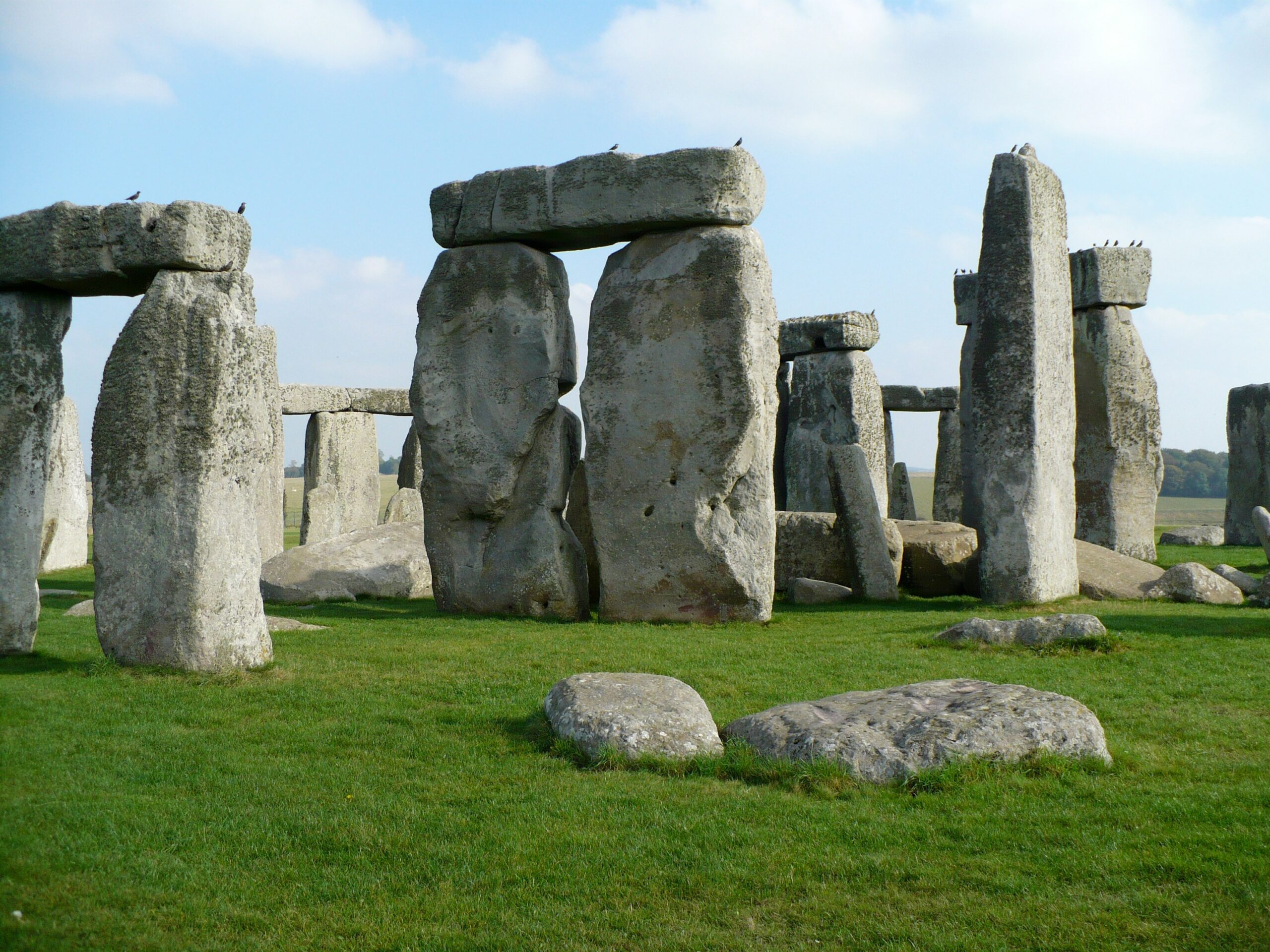
Despite spending my formative years in Cornwall, I’ve been lucky enough to live in many different regions of the UK: I was born in Lancashire, went to University in Derby, lived in Birmingham and spent a good number of years in Canterbury and a few in London before moving back home to the South West. One of the things that struck me about my time in Kent was just how different, culturally, the people there felt compared to those I’d grown up amongst back home.
Without wishing to generalise too much, the good folk of the South East seemed a lot more… forthright. Quicker to anger but just as quick to hug and make up, outwardly more aggressive, but willing to drop everything and give you a lift or a pickup if you need it. The Cornish people I knew took much longer to take you under their wing – they were slower to get angry but stayed that way for much longer. Neither way was right or wrong, I’d just got used to one and it had never occurred to me there could be another.
At first, I found the difference unsettling, but the more I began to read about Britain’s ancient history, the more it began to make sense. The North/South divide was talked about a lot, but never seemed that relevant if you were from the far South West, which suffered just as much from its distance from London without getting anywhere near as much attention. But the aggressive, warlike Angles, Saxons and Jutes moving into the East of Britain, beginning in the 4th century, and gradually displacing the more mystical and contemplative Celts (generalisations again) into the West and Wales, began to make a lot of sense to me.
Over time, I began to wonder about this divide and whether there were some story possibilities there. It seemed that, like the Iron Age ruins that still dot the landscape across the far West of Cornwall, the barrow and remains of hill forts casually encountered on every other walk across the countryside, remnants of the national characters of successive incomers to Britain could also be found if you watched where you were going. As a big reader of fiction set in parallel worlds where vampires had come out of the shadows to rule a Victorian England, or the Spanish Armada’s attack had been successful in bringing England under the rule of Spanish Catholicism, I started to wonder what a Britain that still clung to its ancient tribes and beliefs would look like in the modern
age.
I’m a television script writer by trade, but when lockdown came and the entire industry went on hiatus, I started to realise this was my opportunity to turn that idea into a novel. Inspired by Scandi noir, it became a story about two detectives from very different worlds – one Celt and Saxon – in a modern Britain divided along tribal lines where paganism is practically a state religion, tracking down a serial killer who seems obsessed with a minor religious cult that’s been overlooked for over two thousand years.
Since then, people have asked about my inspiration for
Pagans, and although it’s partly trying to work out why the cultures of Cornwall and Kent seemed so different while mainlining episodes of The Bridge and The Killing, it’s also the way you can barely move in the UK without tripping over evidence of our ancient past. I’ve listed some sites below that either served me as inspiration or might be worth a visit if you’re interested in experiencing our country’s pagan past.
Cwichelm’s Barrow, East Hendred, Berkshire
An early Iron Age round barrow, also known as Scutchamer Knob or ‘Scotchman’s Knob’, on the Ridgeway National Trail at East Hendred, now in Oxfordshire but formerly in Berkshire. Recorded as the place where King Edwin of Northumbria killed Cwichelm of Wessex in AD636 and long thought to be Cwichelm’s burial place, although the barrow has been excavated several times with no serious finds – possibly due to having already been broken into in the belief it contained treasure.
Visit the Barrow:
nationaltrail.co.uk/en_GB/attraction/scutchamer-knob-round-barrow
Three Shires Stones, Gloucestershire
This ancient Neolithic burial chamber is home to a monument that marks the point where the three shires (Wiltshire, Gloucestershire and Somerset) meet. The stones stand at 2m high and 1m wide, and were used as the model for the Three Farthings Stones in JRR Tolkien’s The Lord of the Rings.
Visit the Three Shire Stones:
bathscape.co.uk/place/three-shires-stones
Horsell Common, Woking, Surrey
This 880-hectare open space was famously the location of the first Martian landing in H.G. Wells’ novel The War of the Worlds, but, in reality, it also contains a number of Bronze Age barrows. The eastern Bell Barrow has a central mound 20m in diameter, with a central hollow suggesting it was once partially excavated (perhaps by tomb robbers), while the western Disc Barrow is nearly 40m across, with a wide bank and inner ditch.
Visit Horsell Common:
horsellcommon.org.uk
Maeshowe Chambered Cairn, Orkney
This is a Neolithic chambered cairn and passage grave situated on Mainland Orkney. It is a testament to the skills and craft of Orkney’s people 5,000 years ago: the mound above the tomb is 115m high and the whole edifice is estimated to have required at least 100,000 man-hours to construct. Like other tombs in the area, the entrance corridor is designed to let in the direct light of the setting sun for a few days on each side of the winter solstice. Also featuring Viking carvings from the arrival of Norsemen, entering the masterpiece of ancient engineering at Maeshowe Chambered Cairn is a must for the bucket list.
Visit Maeshowe Chambered Cairn:
orkney.com/listings/maeshowe-chambered-cairn
St Kenelm’s Well, The Cotswolds
Surrounded by breathtaking scenery in the rolling Cotswold Hills sits St Kenelm’s well. Said to be slain by his sister’s lover so she could rule in his stead as Queen, the body of St Kenelm, a prince from the Kingdom of Mercia was discovered. The site has drawn pilgrims since the 9th century. Legend says a white dove dropped an Anglo-Saxon letter in Rome’s St Peter’s Cathedral, describing where the saint’s body lay. Once his body was removed to be buried in Winchcombe, the holy spring appeared, becoming a site for holy water.
Visit St Kenelm’s Well:
winchcombewelcomeswalkers.com/walks/self-guided-walks/st-kenelms-well
Tregeseal Stone Circle, St Just
A mile northeast of St Just, situated on Truthwall Common, dominated by the natural outcrop of Carn Kenidjack (itself rumoured to be the source of strange lights, false paths and mysterious strangers), this stone circle is thought to have been part of a ritual complex of three such circles, dating back to late Neolithic times. Their alignment suggests they were built to mark the equinox sunrises, while to the east there are five holed stones, the whole area thought to be once covered with prehistoric barrows and burial mounds.
Visit Tregeseal Stone Circle:
cornishancientsites.com/ancient-sites/tregeseal-stone-circle
Greenwich Park, London
Home to one of England’s best-preserved pre-Christian Anglo-Saxon barrow cemeteries. The series of circular mounds, now classified as a Scheduled Monument, can still be seen today in the area around Croom’s Hill. First excavated in 1784, finds include remnants of coffin nails, grave goods such as iron spearheads and beads and fragments of clothes. A grass mound near the bandstand along Temple Walk is also the site of an ancient Roman temple, first excavated in 1902, after mosaic tiles were discovered by Angus Webster, Superintendent of the Park at that time. Step into a haven away from the hustle and bustle of the city and explore the rich history of the Royal parks.
Visit Greenwich Park:
royalparks.org.uk/visit/parks/greenwich-park
Tintagel Castle
Located on the clifftops, the island fortress of Tintagel was once the stronghold of post-Roman Cornish rulers during the 5 th century. Archaeologists believe that during this period, the area of Tintagel was an elite settlement inhabited by a local warlord or Dumnonian royalty. Thought to be used as a place for docking ships to deposit their cargo from Europe, an array of artefacts, such as amphorae and African red slips were unearthed on the peninsula during excavations. Inspiring many legends, Tintagel castle is an ancient ruin worth visiting if you want to immerse yourself in history, myth and stunning coastal scenery. As King Arthur’s supposed place of conception, there is now a cloaked, strangely hollow statue of King Arthur on the headland, leaning on a sword that’s presumably either the one pulled from the stone, or Excalibur, handed to him by Monty Python’s watery bint. Journey across the footbridge that connects the island to the mainland, explore Merlin’s Cave when the tide’s out, relax on the beach or take in the beauty of the coastal landscape. There is no doubt that there is plenty to see and do on a trip to Tintagel Castle.
Visit Tintagel Castle:
english-heritage.org.uk/visit/places/tintagel-castle/
James Alistair Henry’s debut novel Pagans is published in Hardback on 27th February. Available from all good bookshops at £16.99 – get it while stocks last.
If you enjoyed this article why not check out :
An Interview with Andy Hamilton, Author, Forager and Nature Lover




